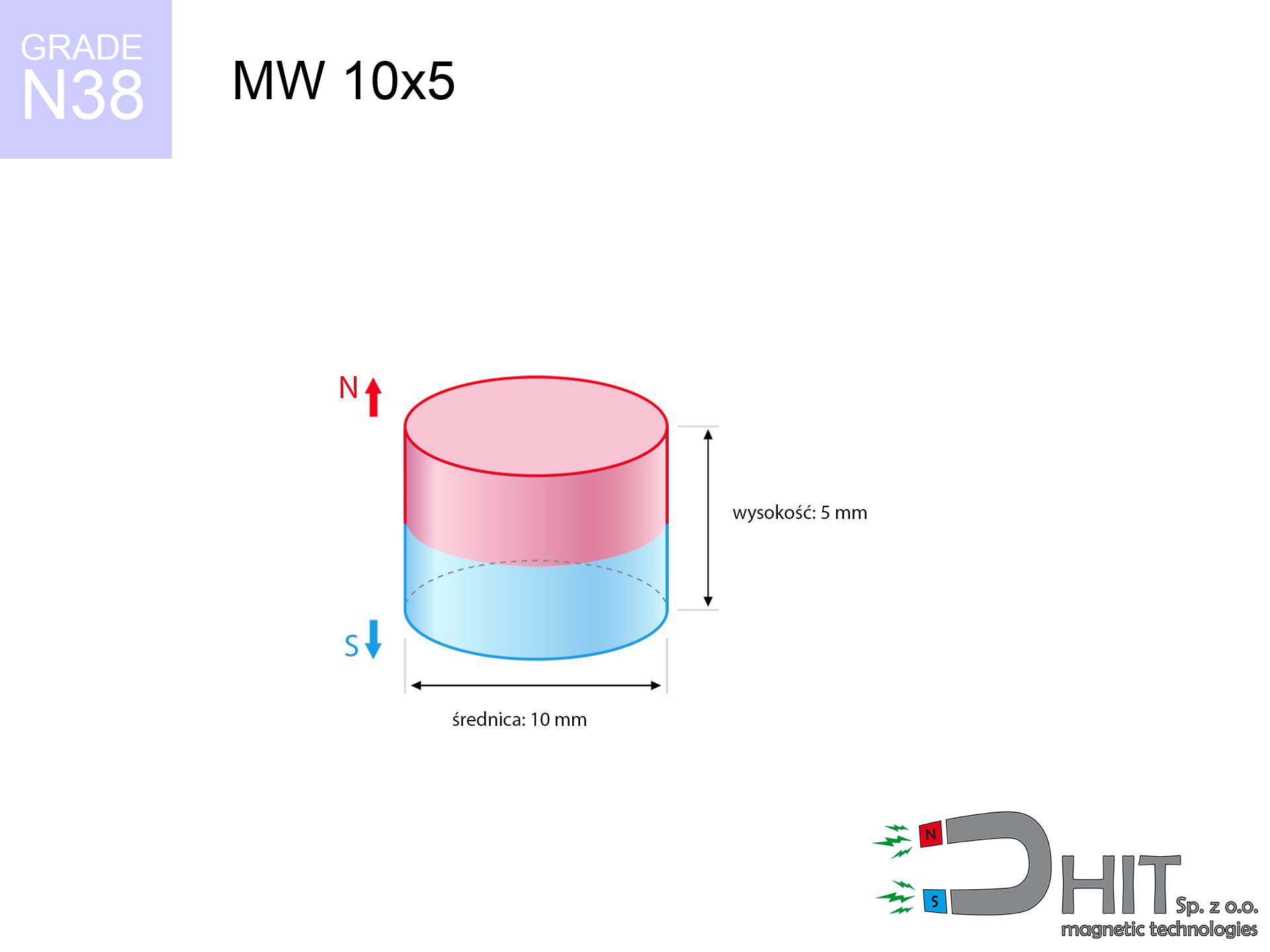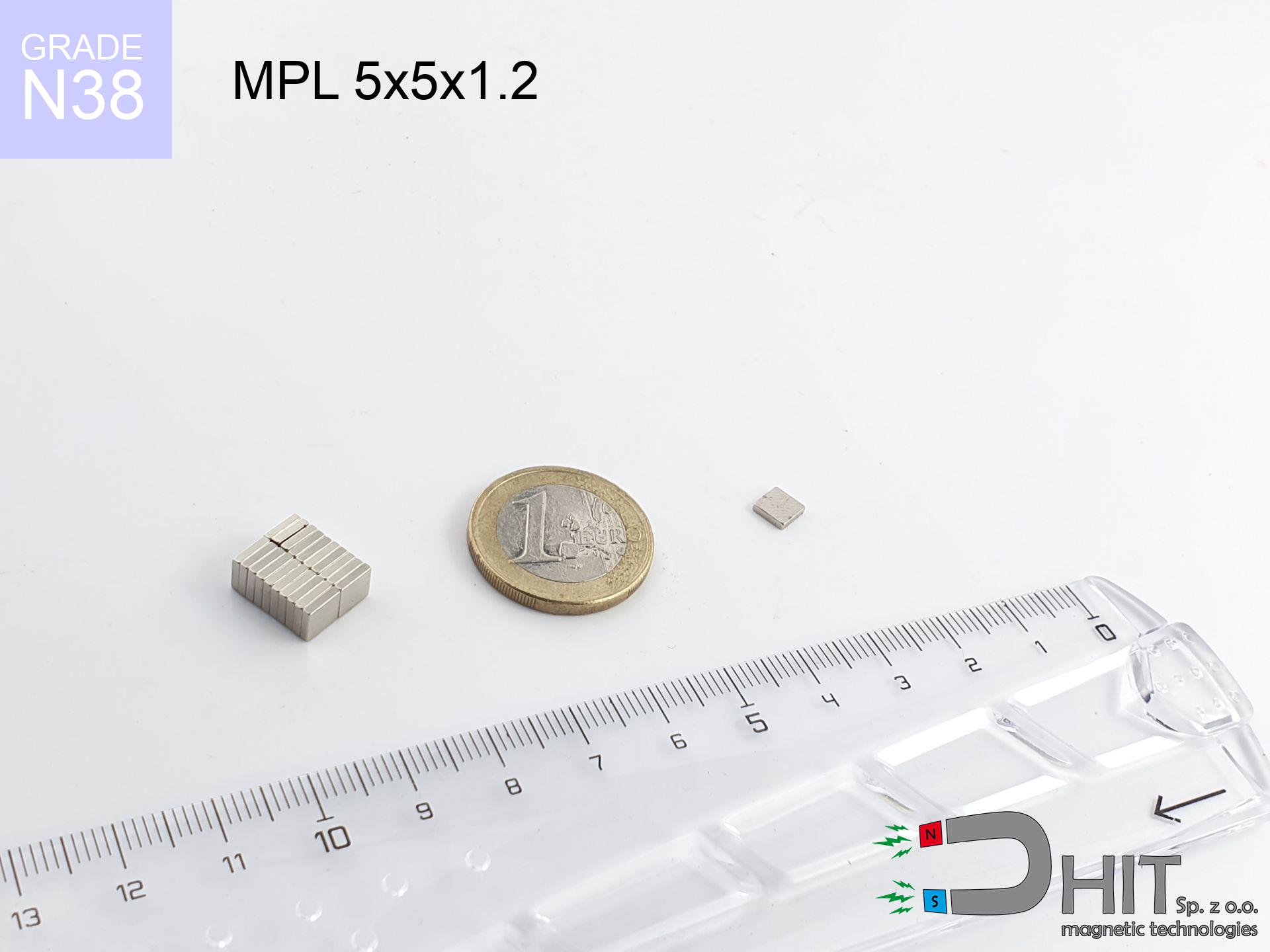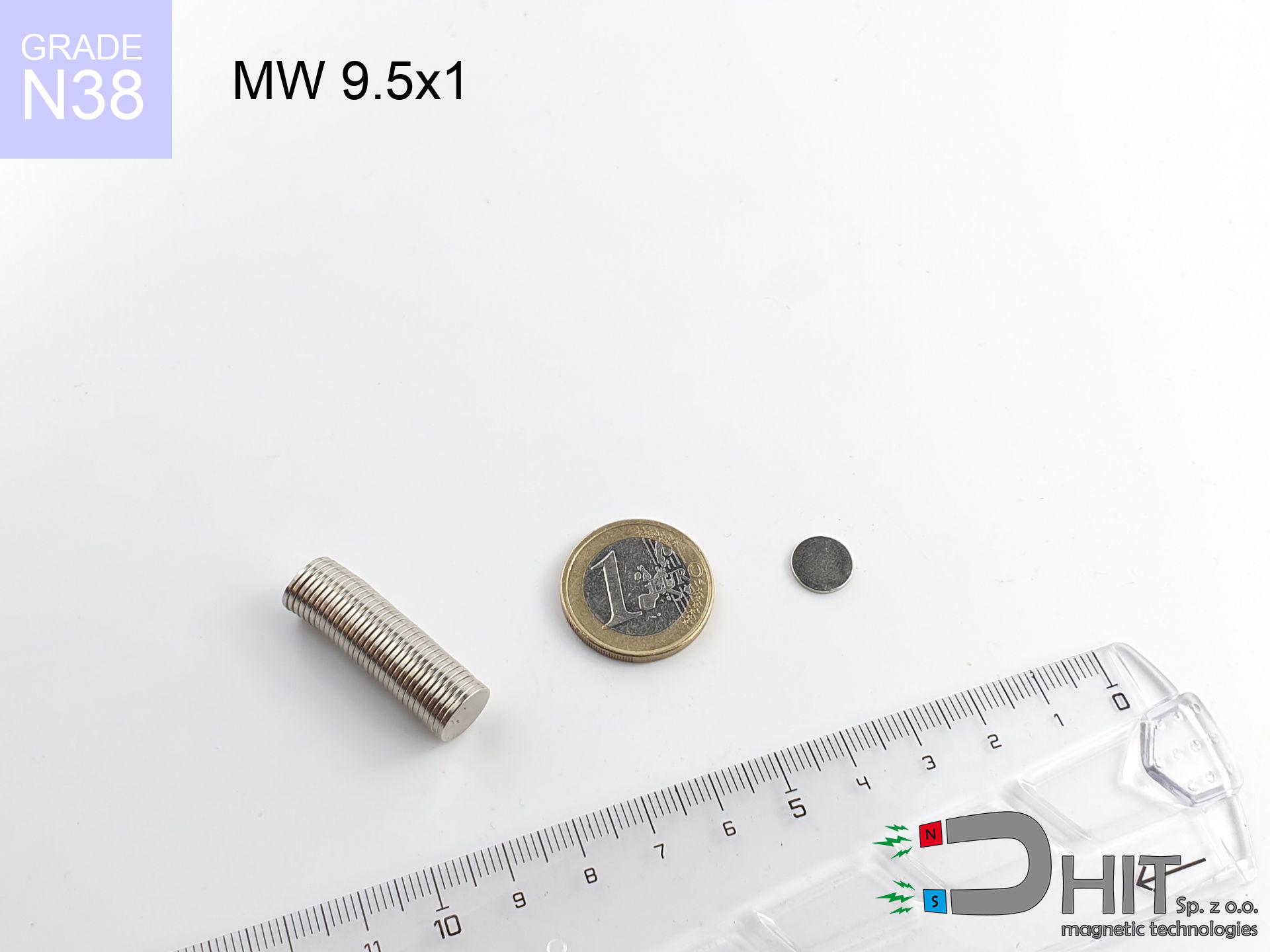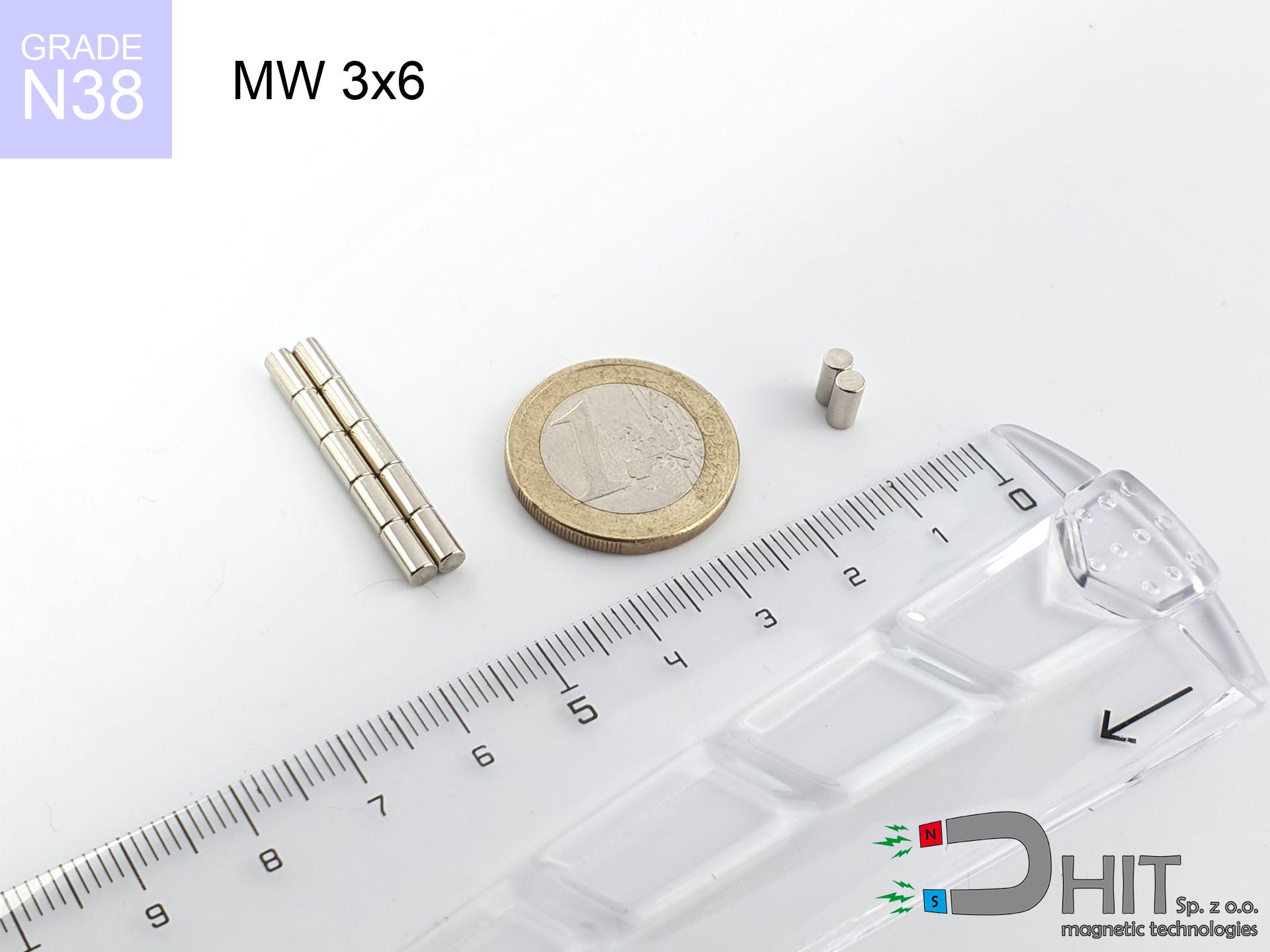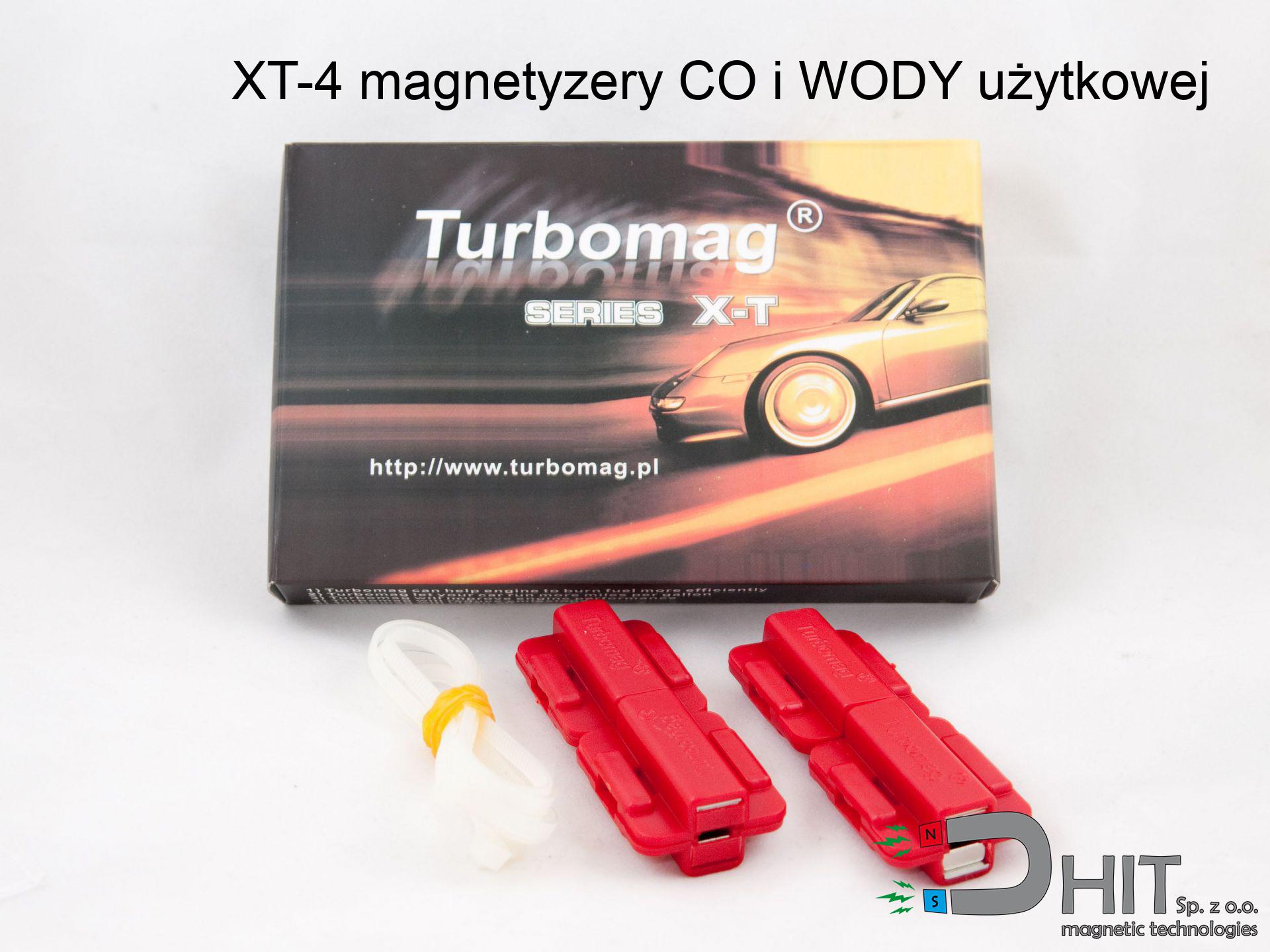MW 10x5 / N38 - cylindrical magnet
cylindrical magnet
Catalog no 010011
GTIN: 5906301810100
Diameter Ø [±0,1 mm]
10 mm
Height [±0,1 mm]
5 mm
Weight
2.95 g
Magnetization Direction
↑ axial
Load capacity
2.76 kg / 27.07 N
Magnetic Induction
437.91 mT
Coating
[NiCuNi] nickel
1.513 ZŁ with VAT / pcs + price for transport
1.230 ZŁ net + 23% VAT / pcs
bulk discounts:
Need more?Hunting for a discount?
Call us
+48 22 499 98 98
alternatively send us a note through
contact form
the contact page.
Lifting power and shape of magnets can be estimated with our
our magnetic calculator.
Same-day processing for orders placed before 14:00.
Magnetic properties of material N38
Physical properties of sintered neodymium magnets Nd2Fe14B at 20°C
Shopping tips
Strengths and weaknesses of NdFeB magnets.
Besides their immense field intensity, neodymium magnets offer the following advantages:
- They have constant strength, and over more than ten years their performance decreases symbolically – ~1% (in testing),
- Magnets perfectly resist against demagnetization caused by ambient magnetic noise,
- In other words, due to the metallic layer of nickel, the element is aesthetically pleasing,
- Magnetic induction on the working layer of the magnet remains maximum,
- Made from properly selected components, these magnets show impressive resistance to high heat, enabling them to function (depending on their shape) at temperatures up to 230°C and above...
- In view of the potential of precise shaping and customization to individualized requirements, magnetic components can be manufactured in a variety of geometric configurations, which increases their versatility,
- Universal use in high-tech industry – they are utilized in magnetic memories, electric motors, medical devices, as well as other advanced devices.
- Relatively small size with high pulling force – neodymium magnets offer impressive pulling force in compact dimensions, which allows their use in miniature devices
Disadvantages of NdFeB magnets:
- They are prone to damage upon too strong impacts. To avoid cracks, it is worth securing magnets in a protective case. Such protection not only shields the magnet but also improves its resistance to damage
- We warn that neodymium magnets can lose their power at high temperatures. To prevent this, we recommend our specialized [AH] magnets, which work effectively even at 230°C.
- Due to the susceptibility of magnets to corrosion in a humid environment, we suggest using waterproof magnets made of rubber, plastic or other material stable to moisture, in case of application outdoors
- Due to limitations in producing nuts and complex forms in magnets, we propose using a housing - magnetic holder.
- Possible danger to health – tiny shards of magnets are risky, if swallowed, which becomes key in the aspect of protecting the youngest. It is also worth noting that small elements of these magnets are able to disrupt the diagnostic process medical after entering the body.
- With large orders the cost of neodymium magnets can be a barrier,
Maximum magnetic pulling force – what it depends on?
Holding force of 2.76 kg is a result of laboratory testing executed under specific, ideal conditions:
- using a plate made of low-carbon steel, serving as a magnetic yoke
- with a thickness of at least 10 mm
- with an polished touching surface
- without any insulating layer between the magnet and steel
- for force acting at a right angle (in the magnet axis)
- in neutral thermal conditions
What influences lifting capacity in practice
It is worth knowing that the magnet holding will differ influenced by the following factors, starting with the most relevant:
- Clearance – the presence of any layer (paint, tape, air) acts as an insulator, which reduces capacity steeply (even by 50% at 0.5 mm).
- Angle of force application – highest force is reached only during perpendicular pulling. The shear force of the magnet along the plate is standardly many times lower (approx. 1/5 of the lifting capacity).
- Substrate thickness – to utilize 100% power, the steel must be adequately massive. Thin sheet restricts the lifting capacity (the magnet "punches through" it).
- Material type – the best choice is high-permeability steel. Cast iron may generate lower lifting capacity.
- Smoothness – full contact is possible only on smooth steel. Rough texture reduce the real contact area, reducing force.
- Thermal environment – heating the magnet results in weakening of force. Check the maximum operating temperature for a given model.
* Holding force was checked on a smooth steel plate of 20 mm thickness, when the force acted perpendicularly, in contrast under attempts to slide the magnet the lifting capacity is smaller. Additionally, even a slight gap {between} the magnet’s surface and the plate reduces the lifting capacity.
Warnings
Permanent damage
Keep cool. Neodymium magnets are sensitive to heat. If you need resistance above 80°C, inquire about HT versions (H, SH, UH).
Bone fractures
Risk of injury: The attraction force is so great that it can cause hematomas, crushing, and even bone fractures. Protective gloves are recommended.
Shattering risk
Despite metallic appearance, the material is delicate and not impact-resistant. Avoid impacts, as the magnet may shatter into sharp, dangerous pieces.
Allergy Warning
Nickel alert: The Ni-Cu-Ni coating consists of nickel. If an allergic reaction appears, cease handling magnets and wear gloves.
Danger to pacemakers
People with a pacemaker should keep an large gap from magnets. The magnetic field can stop the operation of the implant.
Adults only
Product intended for adults. Tiny parts can be swallowed, causing severe trauma. Store out of reach of kids and pets.
Magnetic media
Data protection: Neodymium magnets can ruin data carriers and sensitive devices (heart implants, hearing aids, timepieces).
Respect the power
Before use, check safety instructions. Sudden snapping can destroy the magnet or hurt your hand. Be predictive.
GPS Danger
An intense magnetic field interferes with the operation of compasses in smartphones and GPS navigation. Maintain magnets near a device to avoid damaging the sensors.
Combustion hazard
Machining of NdFeB material poses a fire risk. Neodymium dust oxidizes rapidly with oxygen and is difficult to extinguish.
Danger!
Looking for details? Read our article: Are neodymium magnets dangerous?



